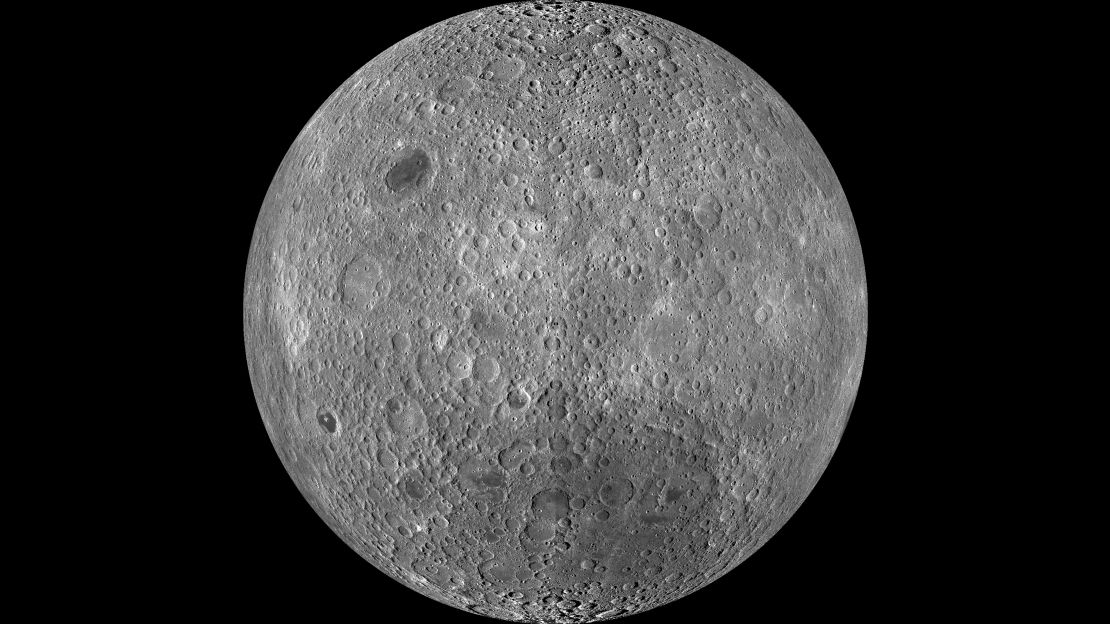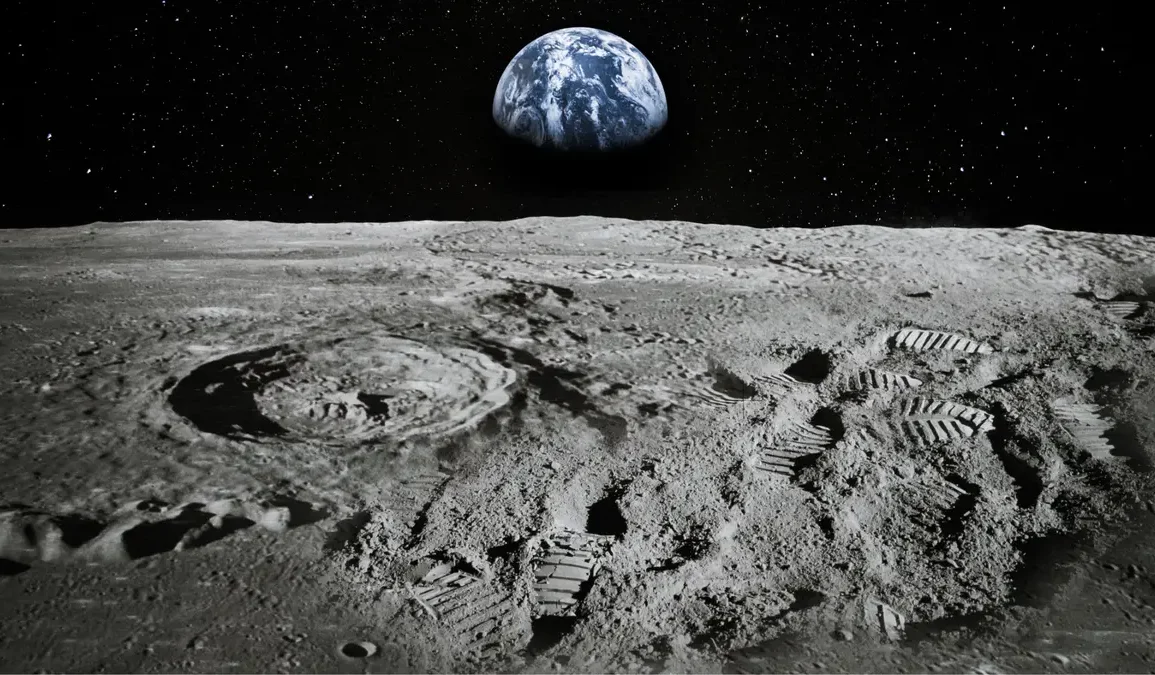Volcanic activity on the far side of the Moon occurred billions of years ago, according to a new study by US and Chinese researchers. The study, based on samples collected by a Chinese mission, found fragments of basalt, a type of volcanic rock, dating back more than 4.2 billion years. These findings were published in the prestigious journals *Nature* and *Science* on Friday. This research provides new insights into the geological history of the Moon, particularly its far side, which has been largely unexplored.
Scientists already know about volcanic activity on the Moon’s near side, which is visible from Earth, but the far side’s geology has remained a mystery. The far side is often referred to as the “dark side,” but this term is misleading, as it actually receives sunlight. The far side remains hidden from view because the Moon is tidally locked to Earth, meaning the same side always faces our planet. This unique feature has made it difficult to study the far side’s geology until recent space missions, including the Chinese Chang’e-6 mission.

The Chang’e-6 spacecraft, which successfully retrieved the first-ever rock and dust samples from the Moon’s far side, carried out a nearly two-month-long mission that faced several challenges. The samples were analyzed using radiometric dating techniques, which allowed researchers to determine the age of the volcanic rocks. This analysis revealed an eruption that occurred around 2.83 billion years ago, a finding that was unexpected as no similar eruptions have been recorded on the near side of the Moon.
Professor Qiuli Li from the Institute of Geology and Geophysics praised the study, calling it “incredibly exciting” and highlighting its significance in the field of lunar and planetary science. The research provides important new data that could help scientists better understand the geological processes that shaped the Moon, as well as its volcanic history. The findings are also crucial for advancing our knowledge of other planetary bodies in the solar system.
The far side of the Moon had only been imaged by humans in 1959 when the Soviet spacecraft Luna 3 captured the first blurry photographs. Since then, technology has advanced, allowing for higher-quality images, including stunning NASA videos. The Chang’e-6 mission earlier this year even deployed a rover that took a selfie of its lander on the rocky surface of the far side, providing a fresh perspective of the Moon from a different angle.

